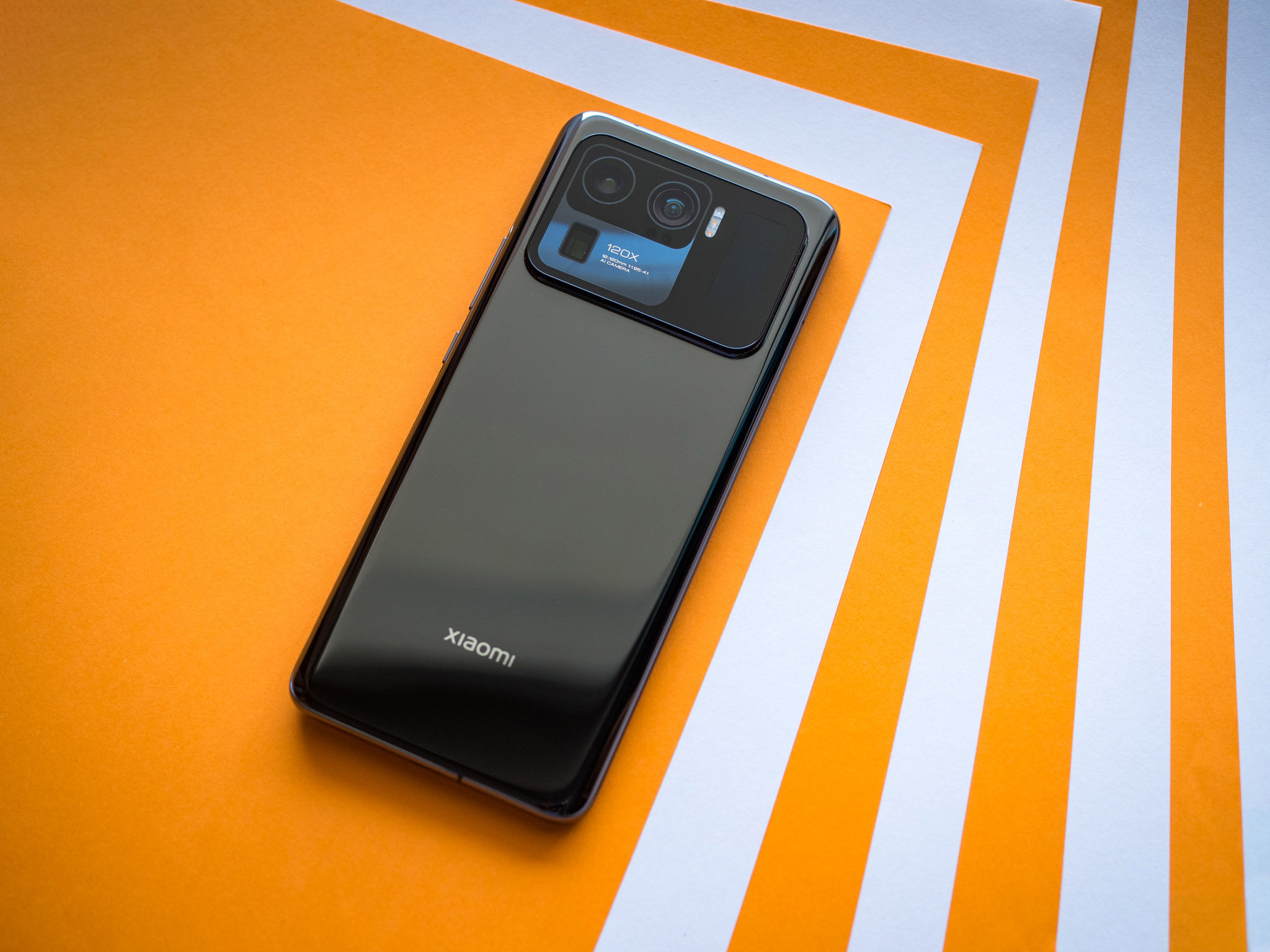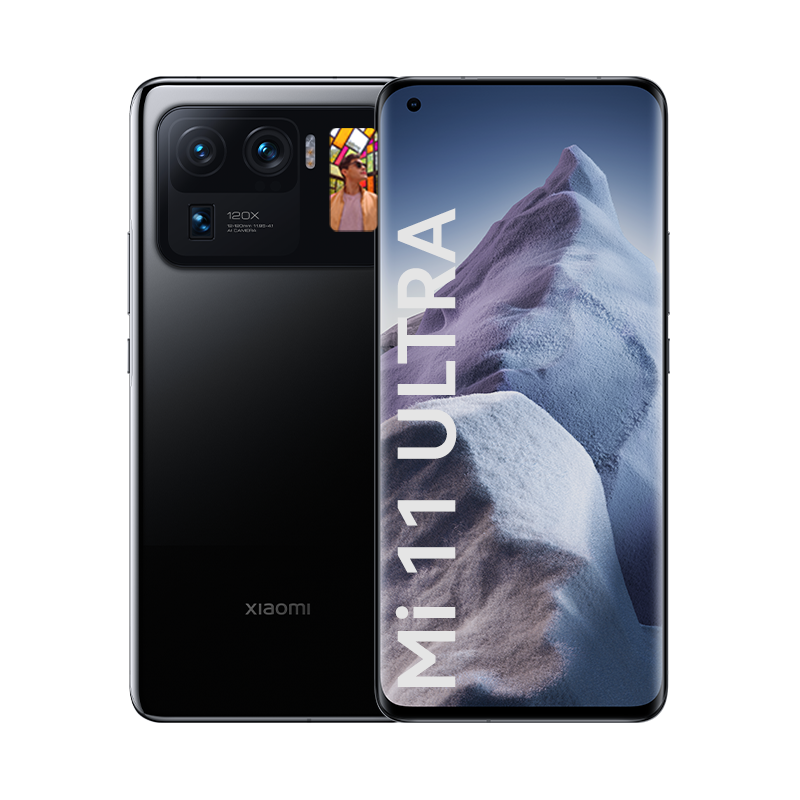Xiaomi records an insane 83% year-on-year growth and is now within striking distance of Samsung.
It looks like Xiaomi is having a great 2021. In addition to making the best Android phones in the form of the Mi 11 Ultra and Mi 11, Xiaomi sold tens of millions of budget phones in the Redmi series, allowing it to nudge past Apple to become the second-largest smartphone manufacturer in the world.
The latest data from Canalys reveals Xiaomi now has a 17% global market share, bested only by Samsung at 19%. The firm notes that Xiaomi saw a massive 83% year-on-year growth, with Samsung touting a 15% increase and Apple at just 1%. OPPO and Vivo, meanwhile, are at a joint fourth with a 10% market share.
Xiaomi's momentum comes from a strong focus on the budget segment — the Redmi Note 10 Pro is the budget phone to beat in 2021 — combined with a foray into new markets. According to Canalys Research Manager Ben Stanton, most of Xiaomi's growth over the last year was from international markets:
Xiaomi is growing its overseas business rapidly. For example, its shipments increased more than 300% in Latin America, 150% Africa and 50% in Western Europe.
It is now transforming its business model from challenger to incumbent, with initiatives such as channel partner consolidation and more careful management of older stock in the open market. It is still largely skewed toward the mass market, however, and compared with Samsung and Apple, its average selling price is around 40% and 75% less.
An overwhelming majority of Xiaomi's sales come from mass-market devices in the Redmi and Redmi Note series, but the brand is increasingly turning out flagships that can take on the best that Samsung and others have to offer. The Mi 11 Ultra in particular is a standout phone that outshines just about every other Android phone when it comes to camera prowess. But with plenty of manufacturer vying in this category, Stanton notes that Xiaomi has its work cut out:
So a major priority for Xiaomi this year is to grow sales of its high-end devices, such as the Mi 11 Ultra. But it will be a tough battle, with OPPO and Vivo sharing the same objective, and both willing to spend big on above-the-line marketing to build their brands in a way that Xiaomi is not.
With second position now solidified, Stanton says Xiaomi is now aiming straight for the summit:
All vendors are fighting hard to secure component supply amid global shortages, but Xiaomi already has its sights set on the next prize: displacing Samsung to become the world's largest vendor
The one to beat
Xiaomi Mi 11 Ultra
₹69,999 at Xiaomi India £1,199 at Xiaomi
My favorite Android phone of 2021
The Mi 11 Ultra is the Android flagship to beat. With a massive 120Hz AMOLED panel, the latest internal hardware, and truly standout cameras with an innovative rear screen for taking selfies, the Mi 11 Ultra offers an overall package that's hard to turn down.
Source: androidcentral

